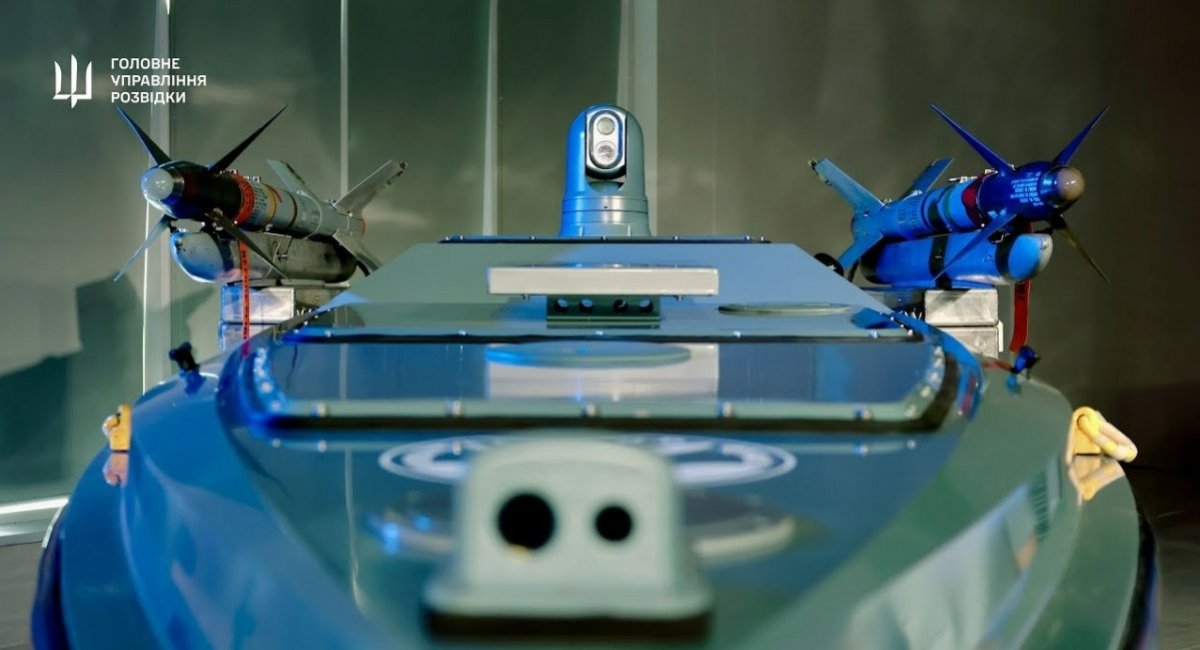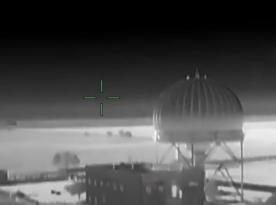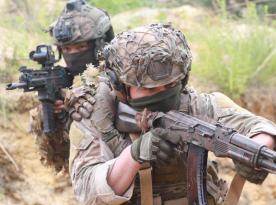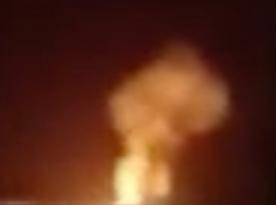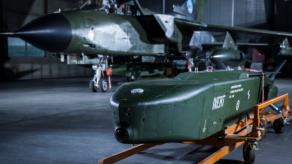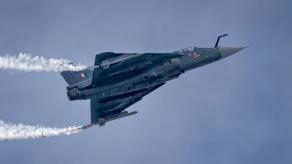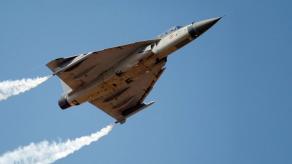Magura V7 unmanned surface vehicle, credited with the first-ever downing of a fighter jet by a naval drone, is armed with the newest AIM-9X missiles for air defense operations. More affordable alternatives like the local R-73 and older AIM-9M, proved less effective.
The rationale behind choosing the latest variant of Sidewinder was explained by the head of Defense Intelligence of Ukraine, Kyrulo Budanov, in a recent interview with The War Zone.
Read more: The Missile Used By Ukrainian Magura Drone For Historic Su-30 Downing Was the AIM-9 Sidewinder
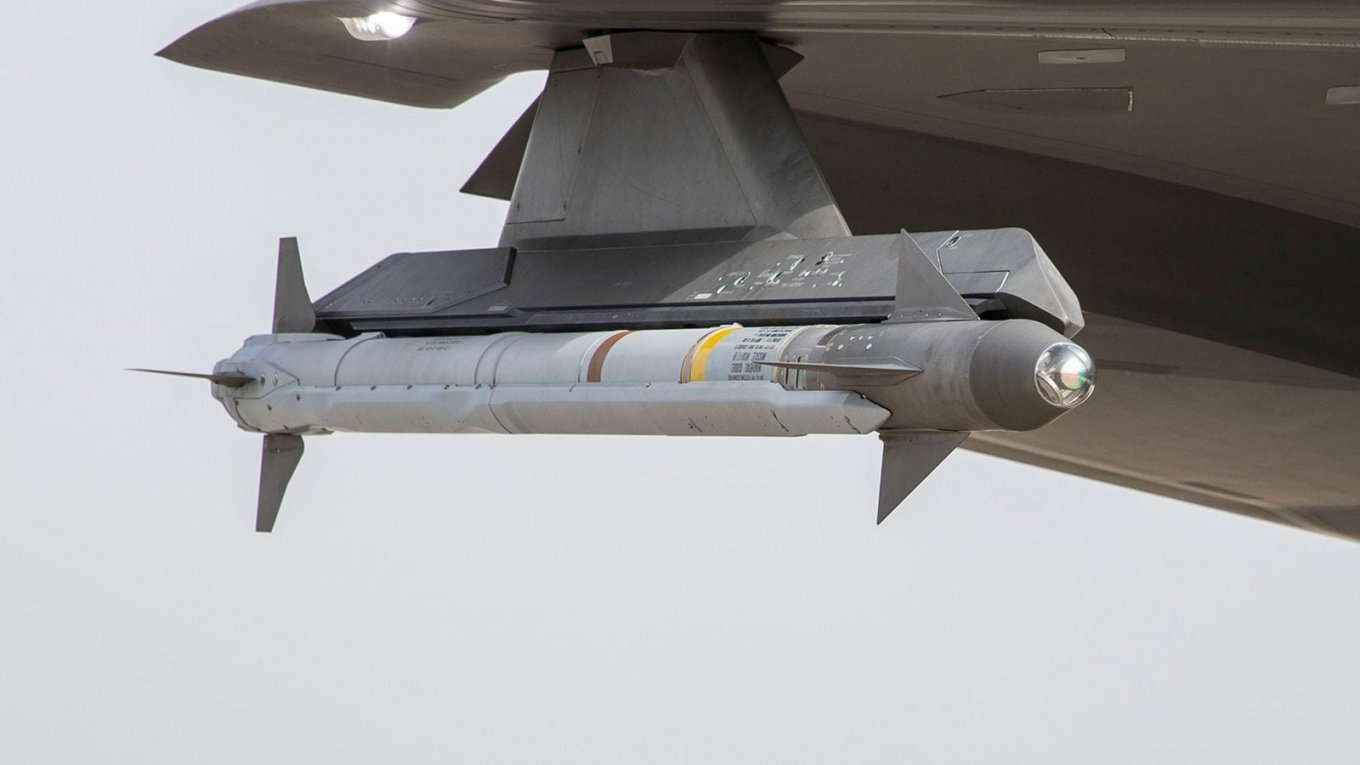
Defense Express notes that earlier, the previous-generation Magura V5 managed to score a takedown on a russian Mi-8 helicopter using R-73 missiles. The variant mounted on the USV was called the R-73 Sea Dragon, suggesting some modifications to improve performance and reliability on the unstable platform operating in the aggressive marine environment.
Afterward, during the first public presentation of the Magura V7, the drone was equipped precisely with the older AIM-9M Sidewinder version, the photo indicating its production date in 1997. However, the model for the public event slightly differs from the actual combat unit.

The War Zone explains that an important factor in favor of choosing the AIM-9X lies in the high-off-boresight (HOBS) engagement capability, allowing the missile's articulating infrared homing head search for the target within an extreme 90° field of view. In addition, this seeker has higher sensitivity and resistance to thermal interference. Furthermore, the missile utilizes a new thrust vector control system, allowing sharp maneuvers with crazy overloads of 60 g and has overall better aerodynamics increasing its effective speed and range.
But perhaps the main reason is that the AIM-9X can lock on a target even after launch and receive target designation via radio link, introduced with the AIM-9X Block II modification. Originally, this function was necessary for launches from the internal bays of the F-22 and F-35 aircraft.
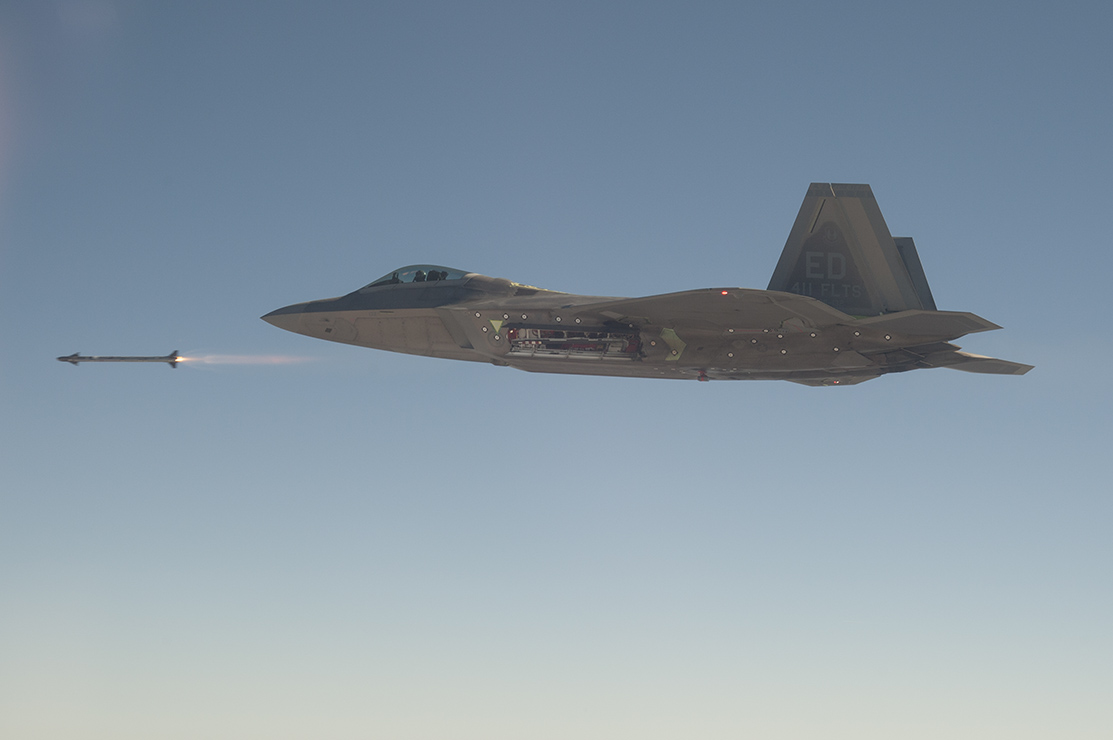
On a boat-shaped Magura V7, bouncing off the waves, the missiles are attached to fixed rail launchers and horizontal yaw-turns are achieved by steering the entire drone — in these conditions, capturing the target from the surface presents a challenge. This adds value to the post-launch targeting technology, absent in older AIM-9 versions or the R-73, as it helps to lock on target.
Ground-based platforms are much more stable in that regard and thus can afford using cheaper missiles like the R-73 or AIM-9M. All that is compounded by other advantages of the latest AIM-9X model, which entered service in the U.S. Armed Forces in 2003.
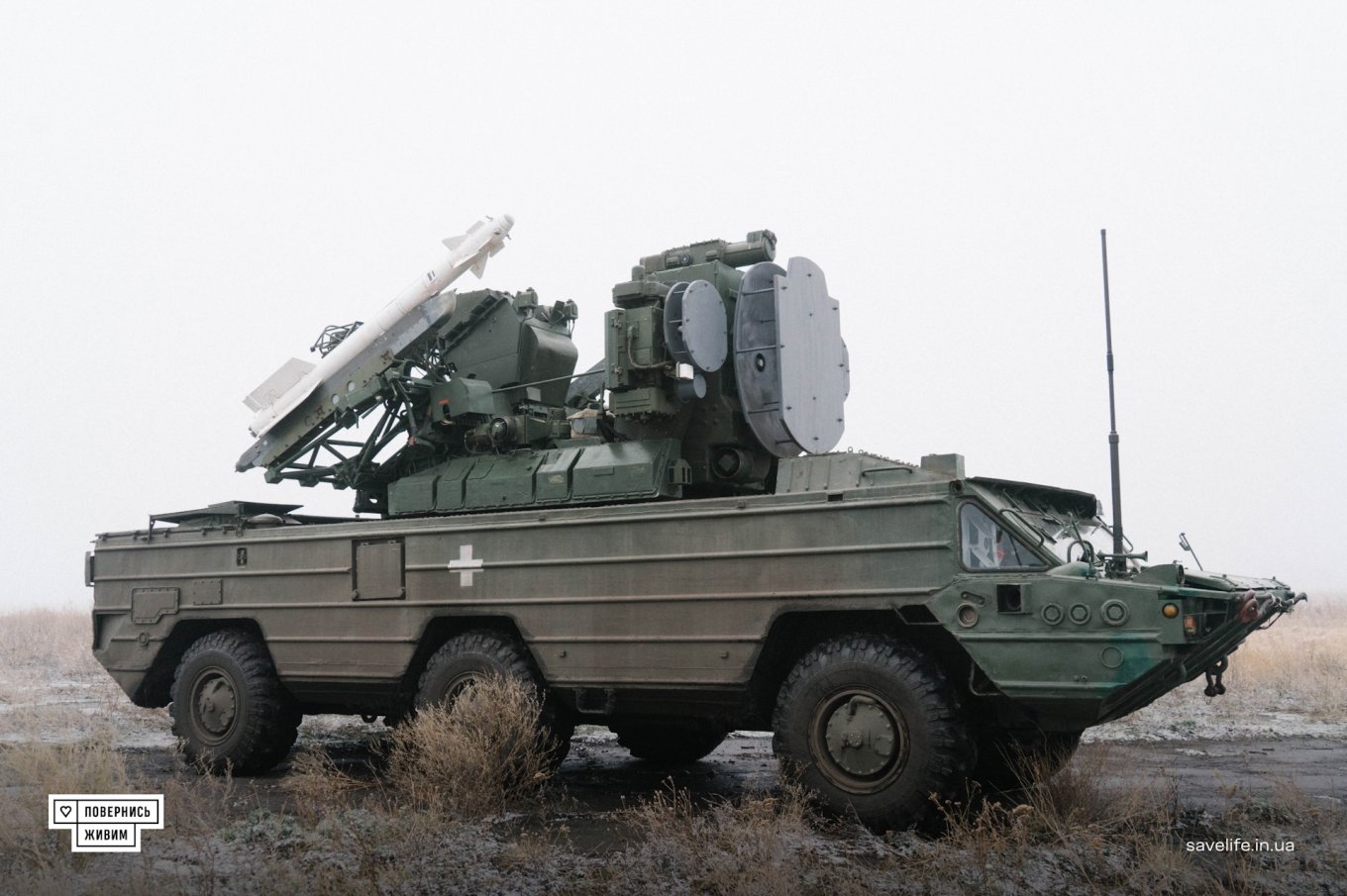
Returning to Budanov's interview with the American magazine, recorded on June 7 and published three days later, one more detail is worth paying attention to. The other day, Ukrainian Magura V7s armed with AIM-9Xs fired on a pair of russian Su-30 jets. At that time, Ukrainian Defense Intelligence was still verifying the information about successful downing of one Su-30. Although ultimately, it was confirmed as a failure on the morning of June 11, it still shows that the use of naval anti-air drones by Ukrainian forces is becoming regular.
Read more: Red Cat Will Assemble and Sell Ukrainian Magura V7 Naval Drones in the U.S.



